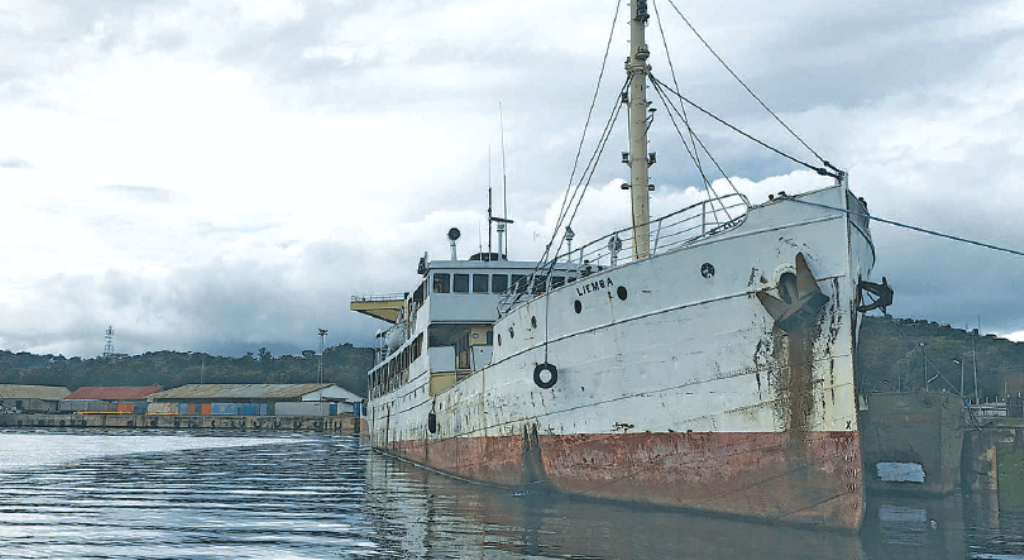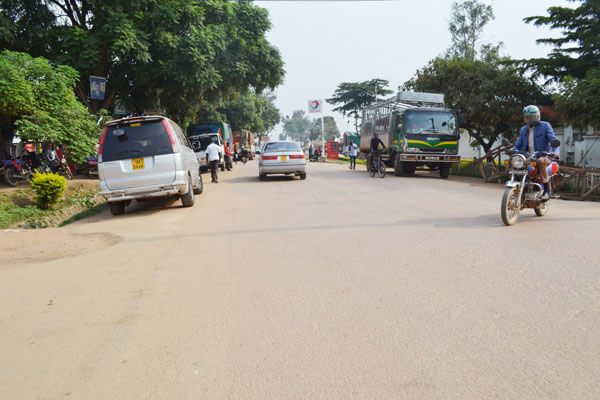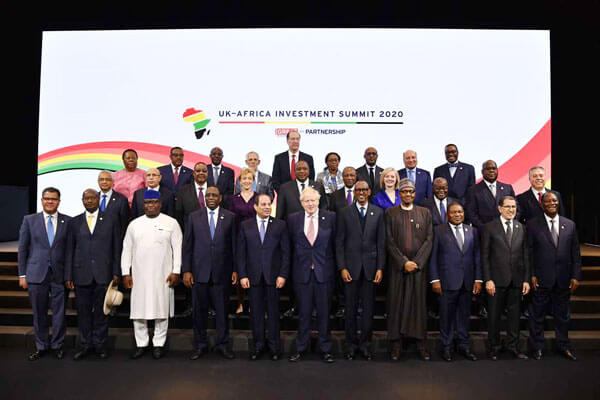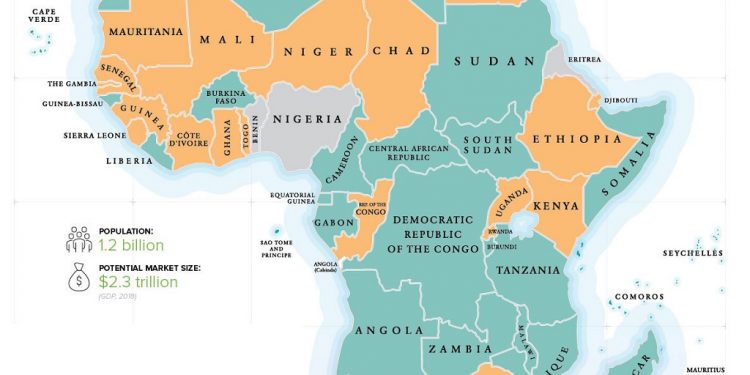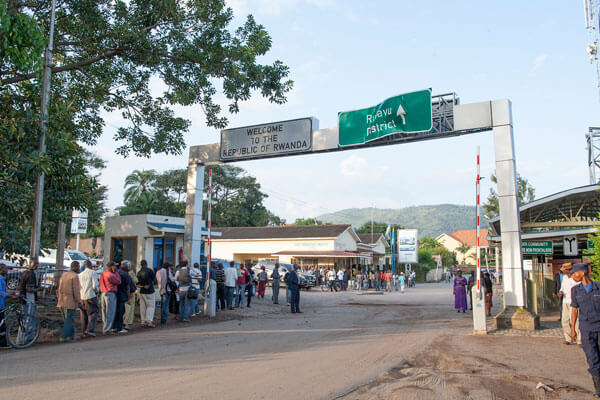The Secretary General (SG)of East African community (EAC), Liberat Mfumukeko has said that the Bill for the establishment of the East African Monetary Institute (EAMI) has been assented to by the Summit of Heads of State, adding that the EAMI would later be transformed into the East African Central Bank that would issue the single currency. EAC Partner States are in the process of harmonizing critical policies and putting in place the requisite institutions to attain a single currency for the region by 2024 as outlined in the EAC Monetary Union Protocol. “The establishment of this institute will help to provide impetus towards the formation of the East African Monetary Union, which is the third pillar of our integration,” said Mfumukeko. Amb. Mfumukeko disclosed that the Council of Ministers had approved the EAC Domestic Tax Harmonization Policy, adding that proper implementation of the policy would reduce tax competition thereby enhancing cross-border trade and investment in the region. On the Financial Sector, the SG said that the Community had developed requisite legal instruments (Bills) for the insurance and microfinance sub-sector and strategies for implementation of financial education and insurance certification. “Further, we implemented the financial market infrastructure for payment and settlement systems as well as finalized regional regulations for portability of pension benefits and consumer protection,” he added. Mfumukeko was giving his New Year’s Address to the Staff of EAC Organs and Institutions spread across East Africa from the EAC Headquarters in Arusha, Tanzania. He said that Community would have in...
Plans to have East African single currency by 2024 underway
Posted on: February 3, 2020
Posted on: February 3, 2020


